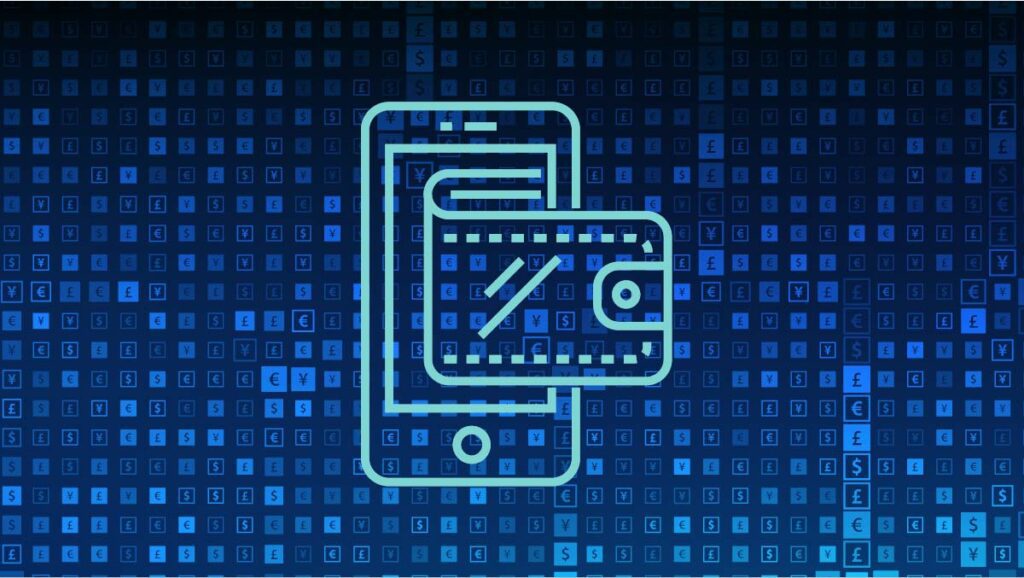Avoiding Digital Wallet Transaction Fraud

Mobile payment apps and digital currency are becoming the ideal option for consumers to pay for goods and services, learning numerous ways to avoid Digital Wallet Transactions Fraud.
The increased usage and the risk of being targeted by fraudsters have scam artists utilizing these apps for their schemes and hacks that have become “ethical.”
Mobile payment scams are becoming familiar, so staying alert is essential. Below are the most common mobile payment scams:
Scams Through Social Contest
Scammers are becoming increasingly knowledgeable at utilizing social media in order to trick people into sending fraudulent mobile payments or giving up personal financial information.
The scammers will employ social media platforms to establish a fake contest with this type of project. Followers will request an entry to the game, and the scammers will contact people proclaiming they are winners.
The scammers need winners to pay a fee to prove their accounts and receive their prize money. They get personal financial information and a significant amount of cash from the victims, and the alleged winners lose the game.
The most common social media platform being used to impose such scams is microblogging platform, Twitter.
Cash Prize Scams
Hackers are mastering the art of gaining access to extended email lists of mobile payment app users by sending users a message notifying them that they have been qualified for a cash prize to be deposited into their account. The scammers demand the prize winners send a processing fee, which is how they steal money from unsuspecting victims.
Fraudulent Payment Scams
During this scam, hackers will pose as users on some of the most popular mobile payment apps. While genuine users will connect their personal or business credit card to their account, scammers on the other hand, exploit stolen credit cards to make fraudulent payments across various platforms.
Often, they convince the sellers to send an item before going forward with the payment. Therefore, making the payment with a stolen card after the item has been shipped, leaving the seller completely empty-handed.
How to Avoid e-Wallet Scams
When people have an idea about mobile payment scams, they would prefer to learn preventative measures to stay safe while using their favorite digital wallet apps to avoid malware infiltration faster.
Find below some of the ways to avoid digital wallet fraud:
Link the Credit Card Instead of Debit Card
When customers link their business credit card or personal to their mobile payment apps, they will be offering an extra layer of protection if they make a payment to a fraudulent person.
Banks can trace credit card payments quickly, but debit card payments are more difficult to keep track of. Connecting a debit card could compromise the funds available in your checking account.
Avoid Mobile Payments over Public Wi-Fi
One of the ways to bypass scams is to avoid making financial transactions over an unsecured public Wi-Fi network which is an easy way to share your personal information with hackers.
Since Wi-Fi is open to anyone, they’ll frequently insert themselves between you and the internet to grab the exposed data you’re sending. That is why you should always make sure the app’s cash is used on a secure and password-protected network.
Apple Wallet Fraud
So how does it work? When customers receive or send money with Apple Pay, it’s like any other private transaction between two people. Similar to several types of payments, there are some precautions you can take to avoid falling victim to these scams.
Customers should send and receive money only with people they know and make sure that the person requesting money isn’t mimicking someone you know or trust, like a relative, employer, government entity, or charity, even if the request’s account looks official in order to avoid e wallet fraud.
Another piece of advice is to talk to the person yourself and confirm their name and payment information. However, don’t send the payment if you’re skeptical about their identity.
If you receive a payment request from someone you don’t know, you can tap Report Junk under the message. You can also filter messages from unknown senders or block them from contacting you again.
Other paying platforms are also present such as TransferWise, Google Pay, Stripe, Payoneer amongst others.
Touch n Go eWallet Scam
Some reports indicated that several teachers suffered losses when their Touch’ n Go eWallet (TNG eWallet) accounts got hacked.
One of the victims is alleged to have lost around $689 through three transactions made in 7 minutes. To make matters worse, some of them had activated auto-reload, which is linked to their bank accounts.
Summary
Cyberattacks increased dramatically in the past few years as everything turned digital, reaching all means of technological communication. This led to a desperate desire to hack customers to steal the most valuable information from them.
As such, we can learn to protect ourselves from those new ‘electronic’ thieves and avoid growing cybercrime risks for people and companies, taking advantage of their unawareness to the intensified risks of the evolving digital world.
Inside Telecom provides you with an extensive list of content covering all aspects of the technology industry. Keep an eye on our Cybersecurity news section to stay informed and updated with our daily articles.
